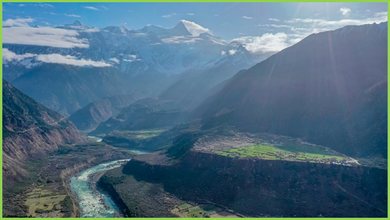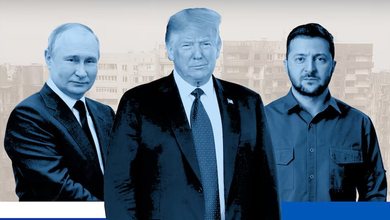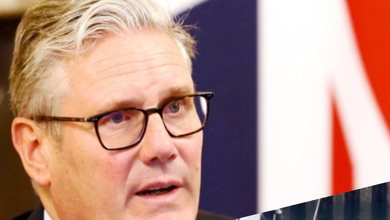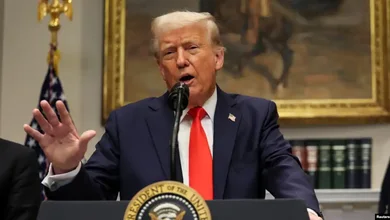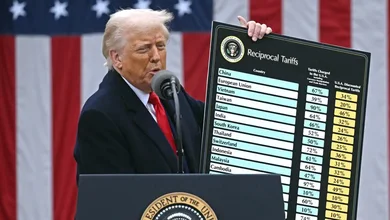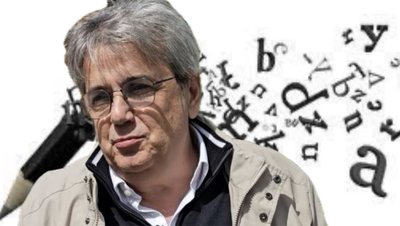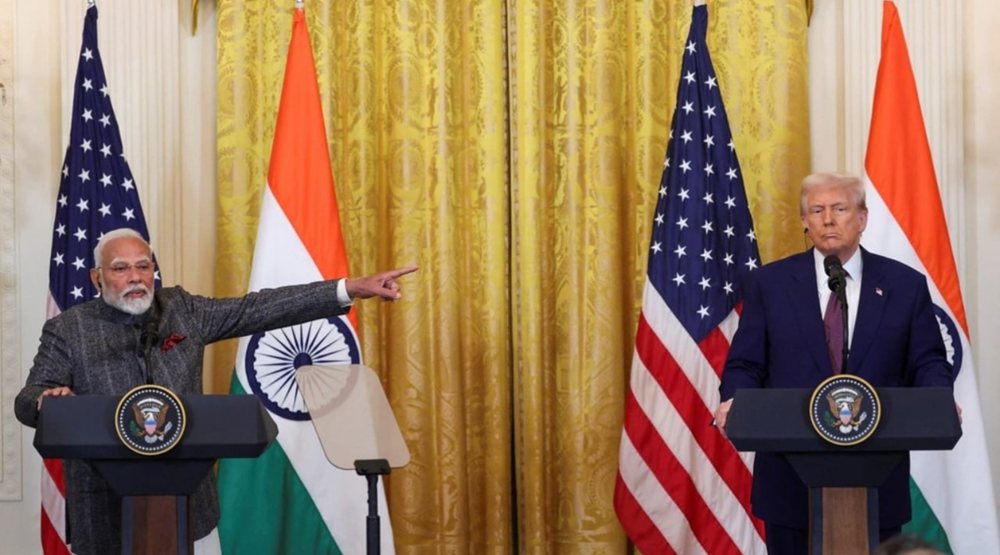
One of the most important figures to attend the recent Shanghai Cooperation Organization (SCO) summit in China was Indian Prime Minister Narendra Modi. His participation underscores India's rapprochement with Moscow and Beijing, an orientation that, according to Sky News analysts, is closely linked to the way New Delhi was treated by the administration of US President Donald Trump.
During his term, Trump imposed a 25% tariff on Indian imports of Russian oil at a discount price, bringing the total duty to 50% – among the highest in the world. Rather than punishing India, this policy only pushed it closer to Russia and China.
Trump’s former trade adviser, Peter Navarro, even called the war in Ukraine “Modi’s war,” claiming that “the path to peace runs, at least in part, through New Delhi.” Navarro added that “India’s big oil lobbies have turned the world’s largest democracy into a major center for refining and ‘cleaning’ Russian oil — in the service of the Kremlin.”
From just 3% of its oil imports in 2021, India now sources over 40% of its oil from Russia, making Moscow its largest supplier. This major shift reflects the new strategic orientation of New Delhi, which feels insecurity and a lack of credibility with the US, especially during the Trump presidency.
Against this backdrop, India has recalibrated its international relations, moving closer to the eastern powers – Russia and China. On the eve of the SCO summit, several important meetings have taken place between the foreign ministers of India, Russia and China, signaling an increasingly close coordination between them in the global arena.
An old alliance with Moscow
Relations between India and Russia have a long history. During the Cold War, India was a close ally of the Soviet Union, while the US supported Pakistan, its historical rival. These ties, especially in the defense sector, have strengthened over the years.
According to data from the Stockholm International Peace Research Institute (SIPRI), about 65% of India's armaments in the last two decades have come from Russia. Although India has begun to diversify its suppliers by purchasing military technology from Western countries, this is a slow and complicated process, especially when it comes to technology transfer. In an increasingly polarized world, India seems to be orienting its foreign policy more towards the East, where in addition to economic advantages, it does not feel the same political pressure that often comes from Western allies.
This shift in international balances is a clear signal that India's positioning in the global arena is evolving, reflecting new challenges and the realities of a world increasingly divided into geopolitical blocs.


